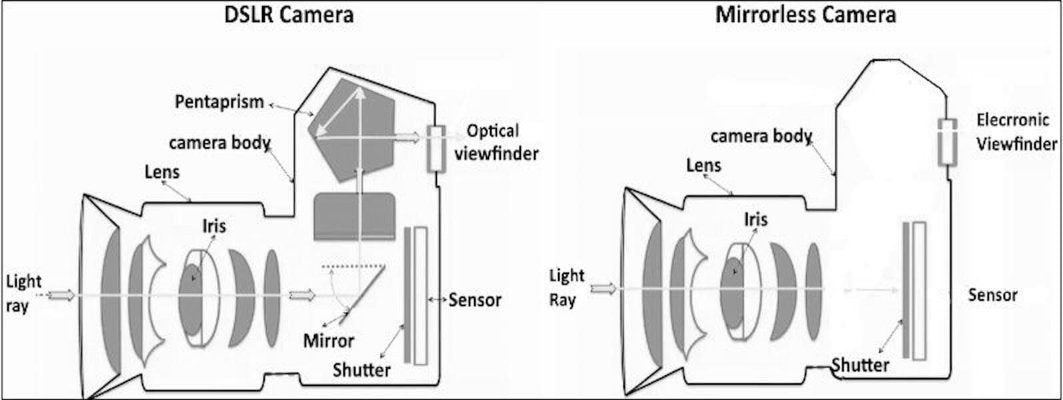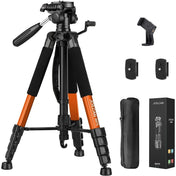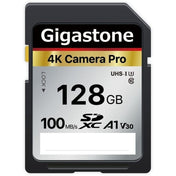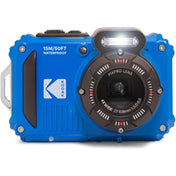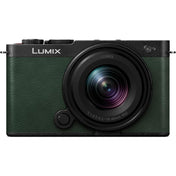Introducing Mirrorless Cameras
Mirrorless cameras and DSLRs have a crucial difference in their process: while mirrorless cameras capture images without the use of a mirror in the camera body, DSLRs use mirrors to reflect images into viewfinders. In place of this mirror, mirrorless cameras often utilize electronic viewfinders (EVF) to display images digitally.
Some may find the term "mirrorless" misleading, as several digital camera varieties already operate without mirrors. This includes digital point-and-shoot cameras, rangefinders like the renowned Leica, and even smartphone cameras. However, in current usage, the term "mirrorless" typically denotes cameras that utilize interchangeable lens systems.
Due to the lack of a bulky mirror box in the body, mirrorless cameras are typically more compact than DSLR models. Additionally, since the lens is closer to the sensor without a mirror in between, potential image quality is higher. These factors, among others, make mirrorless technology the clear successor to DSLR cameras in the world of digital photography.
Advantages
Electronic Viewfinder
Electronic Viewfinder
The main contrast between DSLRs and mirrorless cameras is the electronic viewfinder, which presents a digital preview of the shot and accurately portrays the exposure while adjusting settings in real-time. This eliminates the need to bring the camera down to review and recompose the shot and allows for a faster, more accurate shooting experience. While the image quality of EVFs is not quite at the level of optical viewfinders, it continues to improve with each new model and mirrorless EVFs are quickly catching up in clarity and sharpness.
In-body Image Stabilization (IBIS)
In-body Image Stabilization (IBIS)
IBIS, or In-Body Image Stabilization, is a useful feature that helps stabilize the camera when shooting handheld. With IBIS, you can capture photos at slow shutter speeds without the need for a tripod, which reduces the risk of noise or grain in your images. It is also beneficial for video, providing smooth and steady shots without the use of a gimbal. While not all mirrorless cameras have IBIS, it has become increasingly popular as technology advances in the mirrorless industry.
Touchscreen Live View
Touchscreen Live View
The seamless transition between the viewfinder and live view on the OLED or LCD screen is a key feature that attracts photographers to this product. The convenience of being able to autofocus simply by touching the screen, along with the continuous live view option, makes it perfect for capturing shots at difficult angles without having to lift the camera to your eye. This feature is especially beneficial for video shooting, making the mirrorless a popular choice among creatives. Additionally, many models, such as the Sony A7R IV, have the capability to shoot 4K video, while the Canon EOS R5 takes it a step further with up to 8K recording.
Autofocus System
Autofocus System
The AF system greatly enhanced DSLRs by offering improved features. One helpful aspect is being able to adjust focus points to the screen's edges, aiding in composition and efficiency while shooting. Mirrorless cameras are also known for their continuous focus tracking, allowing photographers to select a subject for the camera to track as it moves within the frame. This frees up the photographer to focus on exposure and composition, as the camera handles the focusing.
Silent Shutter
Silent Shutter
Instead of needing to flip up a mirror when pressing the shutter, mirrorless cameras can capture photos silently, making them advantageous for event photography or weddings where stealth is important. Some models offer the choice between a mechanical or electronic shutter, with the electronic option being better for sports or capturing motion with its higher frame rate.
Lenses
Lenses
Mirrorless cameras utilize a bayonet-style lens mount, just like DSLRs. These lenses are equipped with cutting-edge technology for precise auto-focusing and can be smaller in size due to the absence of a mirror swing. It's important to note that if you plan on using a DSLR lens on a mirrorless camera, you will need to purchase an adapter.
Mirrorless Brand Series
Compare Mirrorless Systems
Capture moments with precision and style using our cutting-edge mirrorless cameras. Compact, powerful, and designed for versatility. Shop our selection of brand-name high-quality mirrorless cameras from Nikon, Canon, Sony, Fujifilm, and more.


